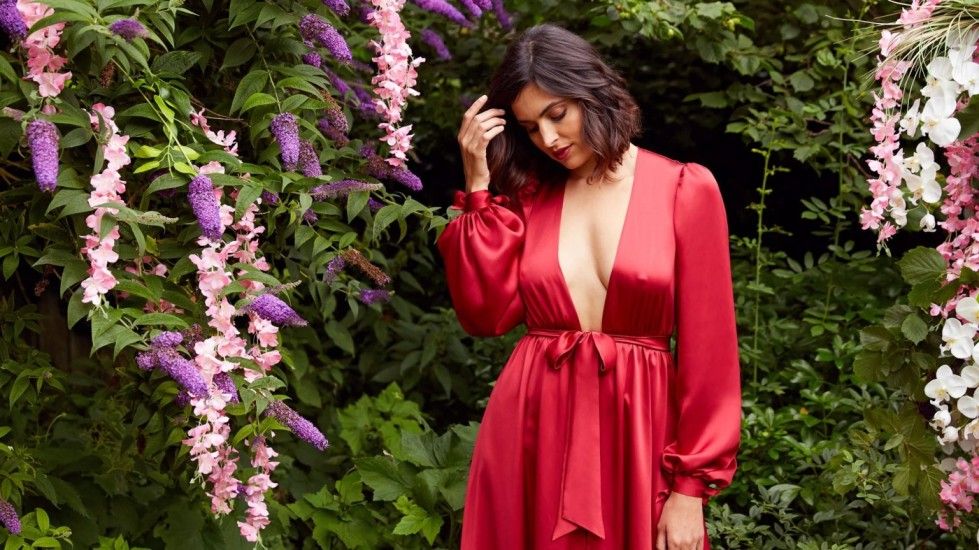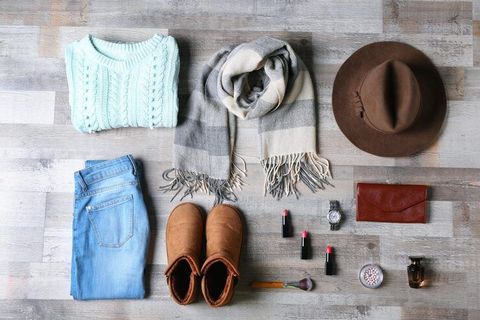Discover the Latest Women’s Lingerie Trends: An Informative Guide to Styles, Tips, and Insights
Lingerie refers broadly to undergarments that combine function (support, coverage, comfort) with elements of design (lace, mesh, structure, color). Over time, lingerie evolves alongside fashion, textile innovation, cultural attitudes toward the body, and shifting consumer values.
Trends in lingerie exist because of several influences:

-
Innovations in fabric and textile engineering
-
Shifting fashion priorities toward comfort and inclusivity
-
Evolving social norms around body image and self-expression
-
Environmental awareness and sustainability in production
Lingerie trends, therefore, emerge as a blend of technological progress, cultural change, and fashion innovation.
Why This Topic Matters Now
Who it affects:
-
Everyday consumers looking for comfort and fit
-
Fashion and textile designers exploring new forms
-
Sustainability advocates focused on ethical fashion
-
Manufacturers and apparel researchers
Why it matters:
Modern consumers are more informed and selective about what they wear closest to their skin. The growing awareness of body diversity, eco-conscious materials, and personal comfort has reshaped how lingerie is designed and worn.
Key issues lingerie trends aim to solve include:
-
Improving comfort without compromising style
-
Offering inclusive sizes for all body shapes
-
Reducing waste and promoting sustainable materials
-
Allowing lingerie to transition between undergarment and outerwear use
The topic matters because lingerie now influences overall wardrobe choices and contributes to discussions about well-being, identity, and sustainability.
What’s New in the Past Year (2024–2025)
Recent years have seen remarkable evolution in women’s lingerie design. The balance between practicality and creativity continues to define emerging styles.
Visible Lingerie as Everyday Fashion
Lingerie-inspired fashion is becoming more mainstream. Bralettes, bodysuits, and corset-style tops are often worn as visible layers under jackets or shirts. This approach allows lingerie to function as part of the outfit rather than something to hide.
Romantic and Bold Color Palettes
While neutral tones remain timeless, new collections highlight deeper hues such as emerald green, plum, and chocolate brown. Delicate lace and embroidery are paired with sleek minimalism to create harmony between softness and structure.
Comfort-Centered Design
Wire-free bras, seamless pieces, and flexible materials have become essential. Consumers value support that doesn’t sacrifice ease of wear. Soft knits and stretchy microfibers dominate, emphasizing function over excessive formality.
Sustainable Materials and Smart Textiles
Recycled fibers, organic cotton, bamboo blends, and plant-based dyes have become popular in recent collections. Eco-friendly lingerie demonstrates how sustainability and luxury can coexist. The use of smart textiles that adjust to body temperature or offer adaptive stretch is also rising.
Shape and Silhouette Shifts
Designers are introducing multipurpose lingerie that can double as shapewear or activewear. Longline bralettes, high-waist briefs, and versatile bodysuits blend support and style, meeting the needs of modern lifestyles.
Policies and Regulations Related to Lingerie
Lingerie design and manufacturing are subtly influenced by regional textile and apparel regulations. While not heavily restricted, several aspects are worth noting:
Textile Labeling and Quality Standards
Most countries require accurate labeling of fabric composition, care instructions, and safety standards. Regulations ensure consumers know what materials touch their skin, reducing risks of irritation or allergic reactions.
Health and Hygiene Standards
Underwear is considered a personal item, so manufacturers must follow hygienic production and packaging guidelines. These include sterilization protocols and restrictions on certain dyes and chemical treatments.
Cultural and Dress Code Considerations
In some societies, public exposure of lingerie elements—such as visible straps or sheer panels—intersects with local dress norms. Designers often adapt styles accordingly while balancing global trends.
Import and Fabric Regulations
Trade laws, including tariffs and import duties on textiles, influence how lingerie materials are sourced and distributed worldwide. Regulations promoting sustainable fabrics are increasingly shaping production methods.
Tools, Apps, and Resources for Exploring Lingerie
Whether for learning, styling, or personal use, many tools and digital platforms help consumers better understand lingerie trends:
-
Bra Size Calculators: Digital fit tools that use bust and underbust measurements to estimate size.
-
Body Measurement Apps: Applications that help record and track body shape changes for better fit selection.
-
Style Guides and Fit Tutorials: Educational websites or videos explaining how to choose lingerie for specific clothing types or occasions.
-
Sustainability Trackers: Platforms that rate brands on environmental and ethical performance.
-
Textile Databases: Resources for researching fabrics, breathability, and eco-certifications.
-
Virtual Styling Tools: Apps that visualize how lingerie can be layered or styled as part of an outfit.
These resources encourage informed decisions about comfort, design, and responsible fashion practices.
Frequently Asked Questions (FAQs)
Q: How do I find the right lingerie size?
A: Measure your bust at its fullest point and your underbust around the ribcage. Compare both measurements to a standard sizing chart. Trying different styles is often necessary to find the most supportive and comfortable fit.
Q: Is lingerie meant only for special occasions?
A: Not anymore. Modern lingerie emphasizes daily comfort and confidence. Many designs are versatile enough for everyday use, blending practicality with subtle elegance.
Q: What materials are best for sensitive skin?
A: Natural fibers like cotton, bamboo, and silk are ideal for sensitive skin. They are breathable, hypoallergenic, and less likely to cause irritation compared to some synthetic fabrics.
Q: How can I identify sustainable lingerie brands?
A: Look for certifications such as OEKO-TEX, Global Organic Textile Standard (GOTS), or Fair Trade. Brands that disclose their supply chains and use recycled or organic materials are generally more eco-conscious.
Q: How often should lingerie be replaced?
A: Most bras last about a year with regular wear. Elasticity weakens over time, affecting support. Proper washing and air-drying can extend the lifespan of lingerie significantly.
Conclusion
Women’s lingerie trends in 2025 reflect a growing balance between fashion innovation, inclusivity, and environmental mindfulness. Today’s designs prioritize comfort and functionality while maintaining visual elegance.
The evolution of lingerie mirrors broader cultural shifts: self-expression, body confidence, and conscious consumption. From visible lingerie styling to sustainable textiles, each trend reveals how intimate apparel continues to adapt to modern values.
Ultimately, the best lingerie trends are those that prioritize how people feel—comfortable, confident, and connected to their personal sense of style.





